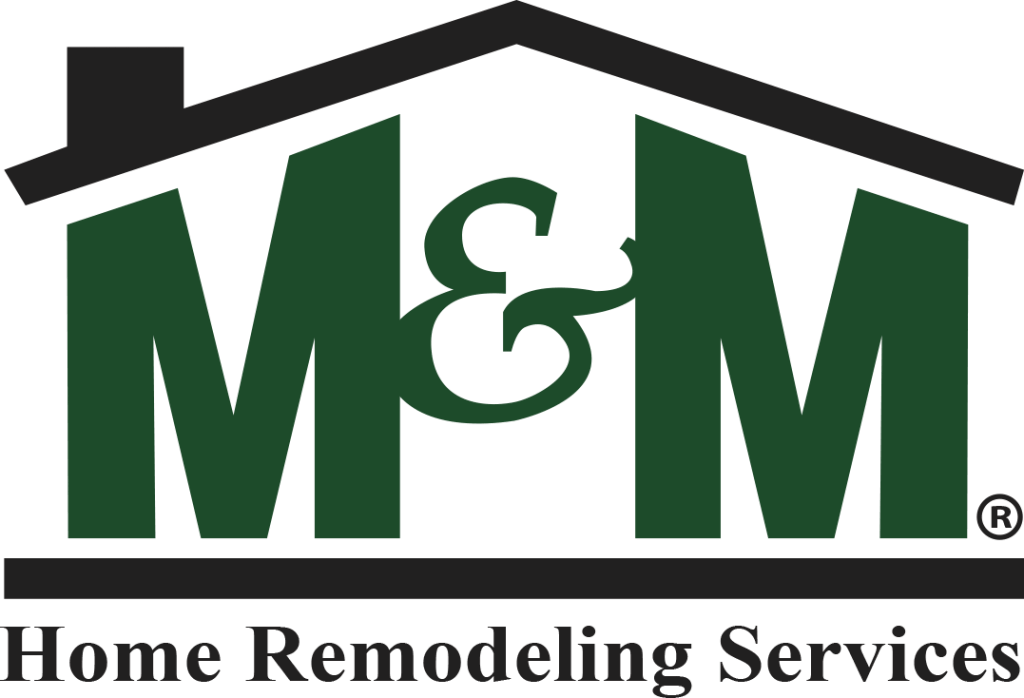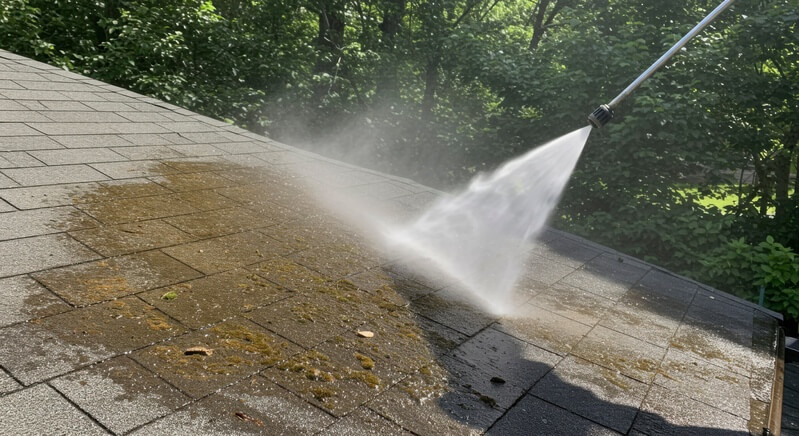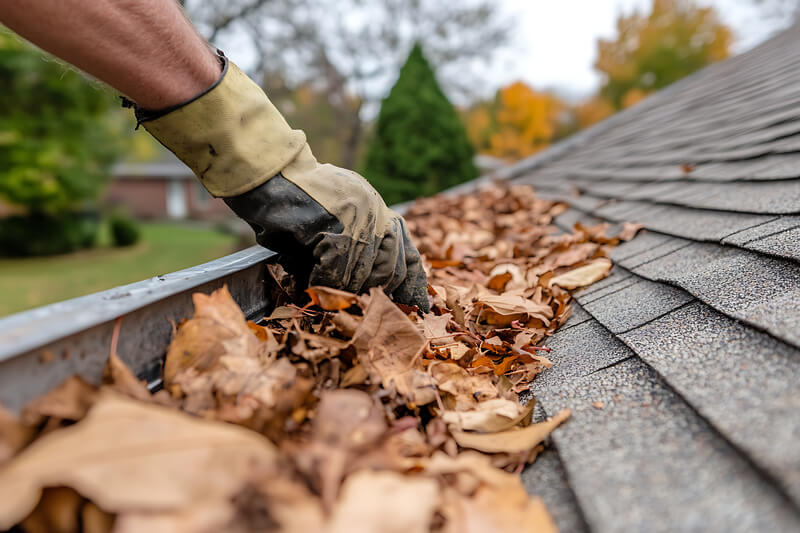Discovering home damage is stressful enough, but dealing with insurance claims can feel just as frustrating. Will it take forever? Will they deny your claim? Will the payout be enough?
It’s easy to feel powerless, but you have more control than you think. By staying prepared, proactive, and organized, you can avoid delays, secure a fair payout, and reduce stress.
Here are six key strategies to help you file with confidence and get the best outcome possible.
Key Takeaways
- A smooth insurance claim starts with preparation.
- Proper documentation can make or break your payout.
- Knowing your policy helps you avoid surprises.
- Staying organized keeps the process on track.
- The right approach can speed up approvals and reduce stress.
1. Act Fast: Capture Proof of Damage Immediately
The longer you wait to document damage, the harder it may be to prove the full extent of your loss. Insurance companies may question whether the damage was due to the event or pre-existing, leading to lower payouts or claim denials.
If your home is in the Midwest, storms, heavy snowfall, and strong winds can cause roof leaks, siding damage, or flooding, all of which need immediate documentation before repairs begin.
Here’s how to document damage the right way to maximize your claim:
- Roof damage – Missing shingles, dents, or punctures from fallen debris.
- Interior damage – Water stains, cracked ceilings, or warped flooring.
- Exterior damage – Broken siding, damaged gutters, or fallen trees.
- Personal property loss – Furniture, appliances, and valuables affected by the damage.
2. Know Your Coverage: Review Your Policy Before Filing
Insurance policies aren’t one-size-fits-all. What’s covered in one plan may be excluded in another. Before filing a claim, it’s crucial to understand your deductible, coverage limits, and exclusions to avoid surprises.
For homeowners in the Midwest, knowing how regional weather impacts your coverage is essential. Here’s what to watch for:
Storm Damage Coverage
Windstorms, hail, and ice dams are common in Illinois, Northwest Indiana, and Wisconsin, but not all policies automatically cover storm damages.
If you’re in Chicagoland, where hailstorms are frequent, or Wisconsin, where ice dams form in winter, check your policy to ensure protection.
Separate Deductibles
Some policies have higher deductibles for wind or hail damage. For example, while your standard deductible might be $1,000, a separate wind/hail deductible could be 1–5% of your home’s insured value—meaning significantly higher out-of-pocket costs.
This is especially important in Northwest Indiana and Southern Wisconsin, where tornado damage may have different coverage rules.
Temporary Housing Coverage (ALE)
If storm damage makes your home unlivable, ALE coverage helps with hotel stays and rental costs. This is crucial in Milwaukee and Northern Illinois, where winter storms can cause long-term damage.
Policy Exclusions
Standard policies don’t cover flood damage, which is a risk for homes near Lake Michigan or flood-prone areas in Illinois and Indiana. If you live in Chicago or the Fox River Valley, you may need separate flood insurance.
3. Contact Your Insurance Company with a Clear Game Plan
A smooth insurance claim starts long before you pick up the phone. Miscommunication and missing paperwork can slow things down, so having a game plan is key.
Here’s how to handle the call with confidence:
Report the Claim Promptly
Notify your insurance company or agent immediately after discovering the damage. Illinois policies, for example, require notification of loss as soon as reasonably possible.
Have Key Details Ready
Before calling, gather your policy number, date of damage, and a brief description of what happened ready. The more precise you are, the fewer delays you’ll face.
Ask About Required Documentation
Find out exactly what paperwork or photos they need to process your claim. Missing information is one of the top reasons claims get delayed.
Follow Up in Writing
Document all communications with your insurer, including dates, times, and summaries of discussions. This practice is crucial in Illinois, where regulations stipulate that insurers must pay or deny claims within 30 days of receiving sufficient documentation.
4. Get Multiple Repair Estimates for a Fair Payout
Your insurance company’s estimate isn’t always the final word on what your repairs should cost. Adjusters may undervalue the damage or miss key repairs, which could leave you paying out of pocket.
The best way to protect yourself? Get multiple estimates from licensed contractors before accepting an insurance offer.
A detailed estimate from a professional roofing contractor helps you negotiate a more accurate payout and ensures your roof is repaired to industry standards, not just the minimum required by your policy.
To ensure you’re getting a fair payout, make sure your contractor’s estimate includes:
- Labor & material costs
- Repair timeline
- Code compliance & upgrades
For example, in Indiana, roofing projects must adhere to the Indiana Residential Code, which outlines specific requirements for materials and installation methods.
Similarly, Wisconsin enforces building codes that mandate specific standards for roofing materials and installation practices.
5. Keep Your Paperwork Organized from Day One
A disorganized claim file can slow down the process and lead to missed details, lost documents, or unnecessary delays. The key to staying on top of your claim is having a simple, structured system for keeping everything in order.
Here’s how to stay organized and avoid last-minute scrambling:
- Create a dedicated folder – Use a labeled binder or an expanding file to keep all physical paperwork together.
- Go digital for easy access – Scan important documents and store them in cloud-based services so you can access them anytime.
- Log every interaction – Keep a written or digital record of every phone call, email, or conversation with your insurer, including dates and names.
- Organize photos & videos – Create separate folders on your phone or computer for damage documentation, repair progress, and receipts.
- Set reminders – Use your phone or a calendar to track claim deadlines, follow-up calls, and inspection dates.
6. Stay Involved, But Don’t Let It Take Over Your Life
Filing an insurance claim isn’t a one-and-done process. It takes time, follow-ups, and patience. While it’s important to stay engaged, constantly stressing over every detail won’t speed things up. The key is to be proactive without letting it consume your life.
To manage your claim effectively without unnecessary frustration, focus on these three key areas:
Follow Up Consistently
Regular check-ins keep your claim moving forward. A good rule of thumb is to follow up once a week or as recommended by your insurer. This ensures your case doesn’t fall through the cracks without overwhelming you with unnecessary stress.
Keep Communication Professional
Always document conversations with your insurance company. Request updates in writing via email so there’s a clear record of what was discussed. This can prevent miscommunications and help if you need to escalate your claim later.
Know When to Escalate
If your claim is delayed without reason, you may need to take further action.
Start by requesting a claims supervisor to review your case. If that doesn’t help, consider hiring a public adjuster to negotiate on your behalf. As a last resort, you can contact your state’s insurance regulator to file a complaint.
Take Control of Your Home Insurance Claim
Filing a homeowners insurance claim can feel like a frustrating, drawn-out process, but being proactive and organized can make all the difference.
By documenting damage, understanding your policy, and keeping detailed records, you can speed up approvals and secure the coverage you deserve without unnecessary stress.
At M&M Home Remodeling Services, we know how overwhelming storm and roof damage can be. That’s why we offer insurance-ready inspections to help you navigate the claims process with confidence.
Call us at (800) 930-2905 for a free estimate, and let’s make sure your home is protected.





